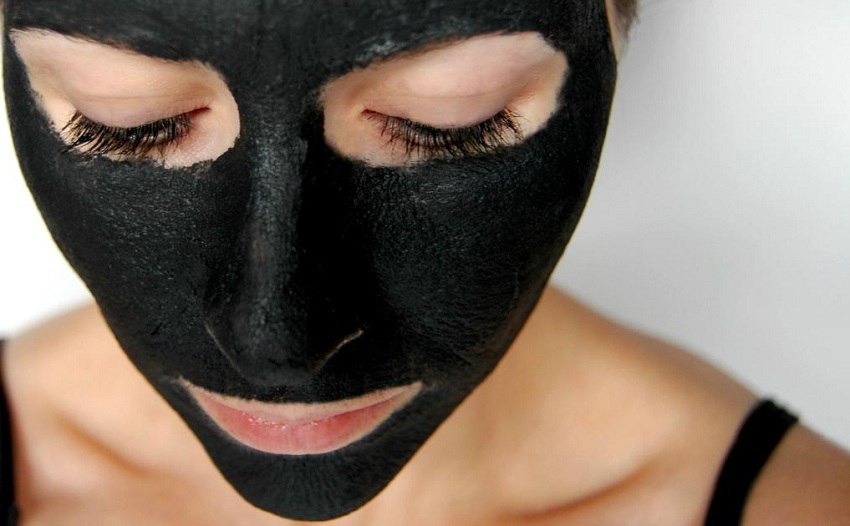Warm socks are the ultimate staple for keeping cosy when the colder weather arrives, but how can you ensure your knitted socks last?
Crew socks, over-the-calf socks, half socks, or knee socks crafted from wool, silken thread, nylon, or cotton are designed to wick away sweat, make footwear more comfortable, and protect the feet. This is in addition to the traditional notion that they keep your feet warm and snug in the colder months.
Let’s look at some top tips:
1. Always knit your socks in a tight enough gauge
A strong construction comes down to the techniques used, not just the type of yarn. A denser sock usually results in a hardier model.
2. Care for your hand-knitted socks by washing them correctly
If using a washing machine, use a low temperature, a wool cycle, the correct temperature (not too high), and a mesh laundry bag. Alternatively, hand wash your knits for optimum longevity.
3. Ensure your sock construction lends itself to a robust design and finished product
As an example, a slip stitch heel provides reinforcement with a double layer of yarn.
4. Make socks in bulk
By having a plentiful stash, they will be in your wardrobe circulation for longer, meaning they will last longer.
5. Look for wools and yarns that are more durable
Some people prefer a fibre content that contains a little nylon, as opposed to 100% wool. Find a blend that works well for you.
Sock making supplies
Socks are a satisfying project for seasoned knitters or a great place to start for complete beginners. On average, around 50g of yarn is needed to complete an average-sized adult sock. They are hugely rewarding to make, and – with a little patience – anyone can master the art of handknitting socks.
Craft specialists such as Wool Couture stock a range of cosy yarns that are ideal for sock making, including super chunky yarn for the ultimate cosy feel.
Hand-knitted socks also make a unique and thoughtful gift that any recipient will be pleased to unwrap.



